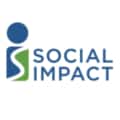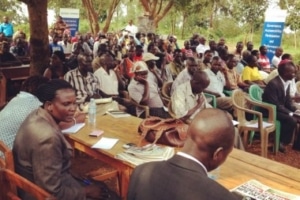Goal:
Assess the impact of the U-Bridge initiative on education, health and water service delivery and explain variation in use of the U-Bridge platform.
Activities:
Social Impact employed a randomized controlled trial using quantitative and qualitative methods. Forty-eight communities were randomly split into treatment and comparison groups. Within these communities we used:
- Audits of health clinics and schools and administrative data to measure service quality;
- A survey of 3,000 residents in 16 treatment communities to explain variation in use of the services; and
- Qualitative interviews and focus group discussions with district officials, community leaders, and users of the system to explore and understand quantitative findings.
Results:
We identify some modest, short-term impacts on education and water parts and services. However, we observe no impact on health services or on education indicators in the longer term. Nonetheless, there were some positive findings:
- There were relatively high uptake rates compared to other similar programs.
- 62% of those that used the system said they usually or always heard back from the district official.
- 60% of users said they saw some or much improvement on the issues they raised in messages; although, only 38% of users were satisfied with the response, citing insufficient government engagement.
We also find considerable variation across villages and residents in use of the system:
- The communities with the highest usage rates were those where a door-to-door registration campaign occurred.
- Younger residents, the better educated, those with access to a phone, and those more politically engaged were all more likely to have heard of and to have used the system.
- Men were approximately 60% more likely to have heard of the platform than females, and they were more likely to use it, suggesting the need for a gender-based approach in rolling out such programs.
- Networks matter in uptake. If an individual’s personal network included someone aware of the U-Bridge platform, they were 20% more likely to know about the platform and 36% more likely to use it.
You can download the evaluation brief here.
The Final Evaluation Report Can text messages improve local governance? : an impact evaluation of the U-bridge program in Uganda is available on the USAID Development Experience Clearinghouse.
Resources:
USAID Uganda
USAID Center of Excellence on Democracy, Human Rights and Governance
RTI International
Contact: projects@socialimpact.com


